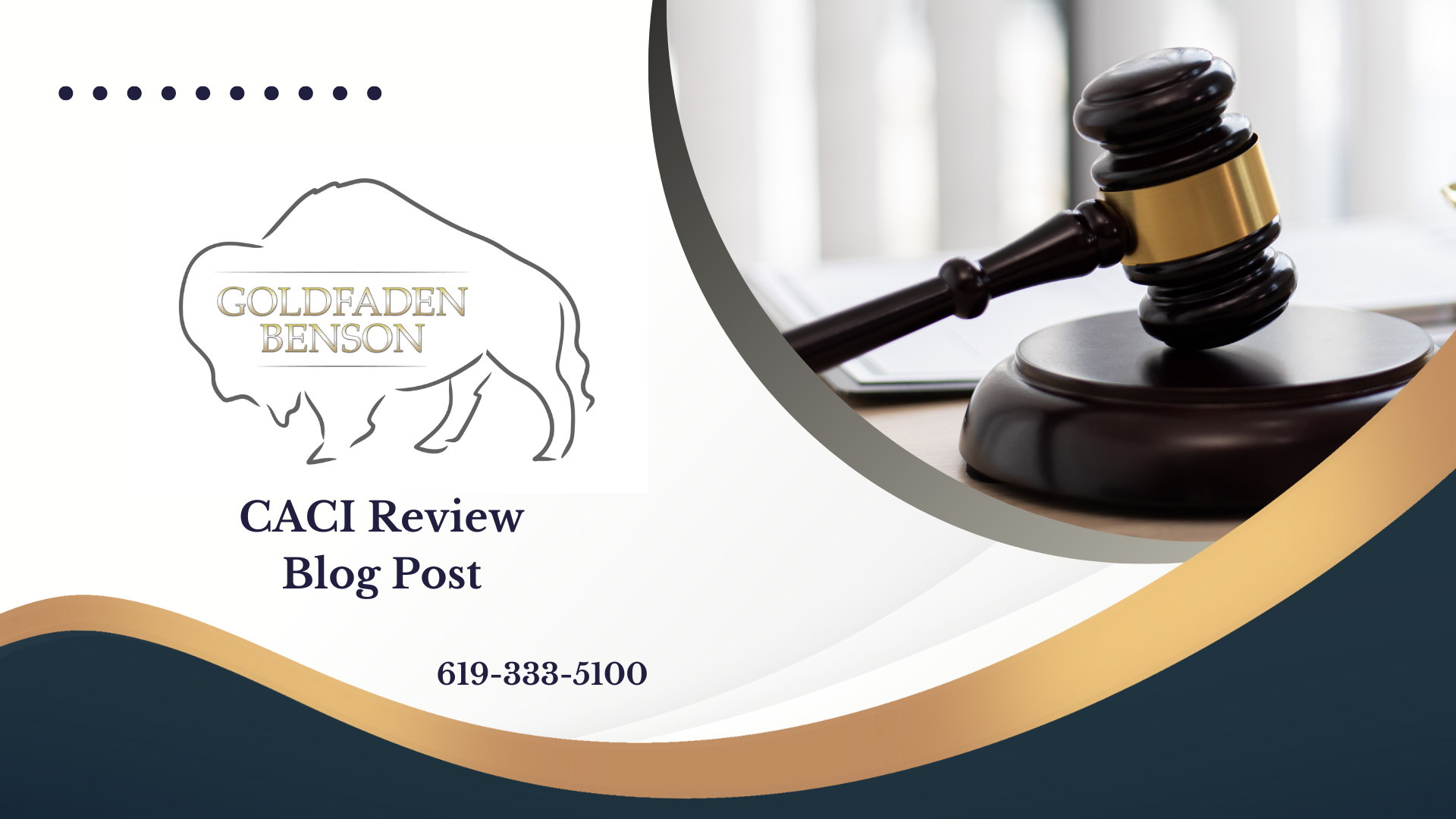Establishing Negligence in a Personal Injury Case
Personal injury law is primarily concerned with holding people or entities accountable for harm they cause due to negligence. One of the most common causes of action you may encounter in these cases is negligence. If you’ve been injured in an accident, understanding what you need to prove for a successful negligence claim is vital.
What Do You Need to Prove for Negligence?
In California, to win a negligence case, you (the plaintiff) need to establish four key elements:
1. Duty of Care: You must show that the defendant owed you a duty of care. This means they had an obligation to act in a way that would avoid causing harm to you. For example, a driver has a duty to operate their vehicle safely to protect other road users.
2. Breach of Duty: Next, you must prove that the defendant breached that duty. This could mean that they acted in a way that a reasonable person would not, such as speeding or texting while driving.
3. Causation: You need to demonstrate that this breach of duty directly caused your injury. In legal terms, you must show both "actual cause" (the breach led to your injury) and "proximate cause" (the injury was a foreseeable result of the breach).
4. Damages: Finally, you must have suffered actual harm or damage due to your injury. This can be medical bills, lost wages, pain and suffering, or other damages that directly result from the incident.
Understanding Negligence Through Real-Life Examples
Consider a scenario involving a slip and fall accident in a grocery store. Let’s say you slipped on a leaked soft drink that an employee failed to clean up. Here’s how the four elements of negligence apply:
- Duty of Care: The grocery store has a duty to maintain safe conditions for its customers.
- Breach of Duty: If they knew about the spill and didn’t address it, that represents a breach of duty.
- Causation: You slip and fall because of the mess. You can show that the store’s failure to clean the spill led directly to your injury.
- Damages: You go to the hospital and incur medical expenses, plus you missed work due to your injuries. These are your damages.
Navigating Negligence Laws Can Be Complicated
Understanding the elements of negligence is critical if you feel you have a valid claim after an accident. Each situation is different, and various factors can play a role in the success of your case.
If you need assistance understanding how these principles apply to your situation, consider reaching out to our experienced team at Goldfaden Benson. We’re here to help you navigate the complexities of personal injury law and ensure you receive the compensation you deserve.
For more information on personal injury cases, visit our [Practice Areas](https://www.goldfadenbenson.com/practice-areas/) page, or contact us for a consultation.








